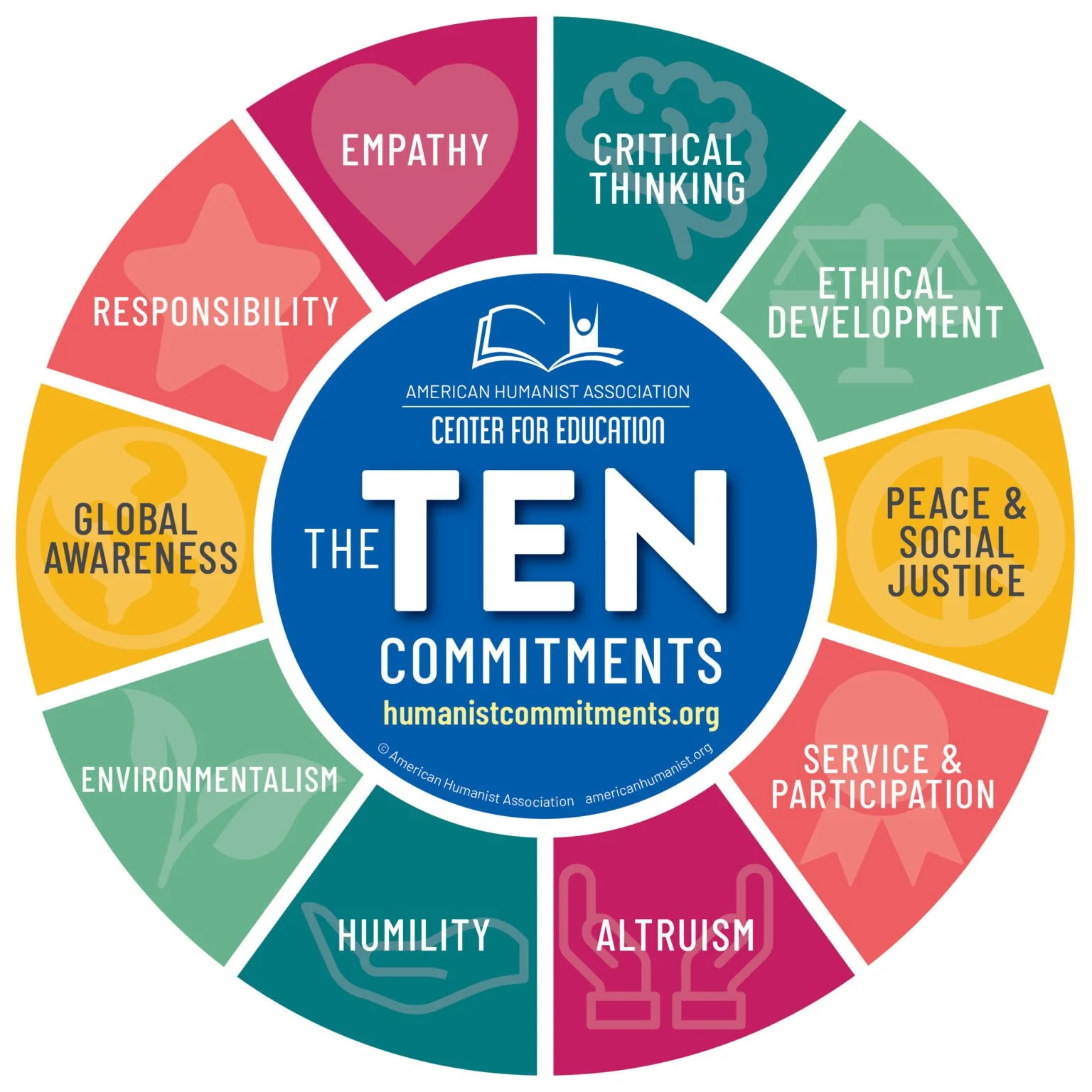President’s Manifesto September 21, 2023
Critical thinking is mentioned in our commitments as “I will practice good judgment by asking questions and thinking for myself.” Our commitments goes on to mention that asking questions and making decisions based on data is a skill that requires time, patience, and practice to master and adds that critical thinking also forms the foundation of scientific method with its emphasis on the cycle of hypothesis creation, experimental testing of the hypothesis, data analysis, and hypothesis modification.
But what does critical thinking look like in our everyday lives? And how can we use it more effectively to make decisions as humanists in a world where it seems like information comes from more and more sources which may or may not be reliable?
There is an old adage in journalism that says if a person gets contradictory information from two sources their job isn’t to report the difference, but rather to find out what the truth really is. If we think about contradictory statements, we realize it’s pretty unlikely that both could be true at the same time, so that should be a clue we need to dig deeper. Are there conditions where one statement or the other could be true? Are there vested interests that want us to accept one statement over the other? Is there an accessible body of evidence (peer reviewed articles are great places to check) that supports either statement–or perhaps supports another that we haven’t thought of yet?
We’re not done once we’ve asked our questions and gathered our information, though, because we also need to evaluate what we’ve learned. Yes, for example, peer reviewed journal articles can be pretty unbiased resources–until they’re not (there’s a reason for the ethical and financial disclosure statements required by reputable journals–people sometimes do pretty shady things with their research results to keep their funding sources happy). Or the information they contain may be drawn from data that’s outdated or later disproven (looking at you “vaccines cause autism” studies). So be sure to take a look at the methodology used, the data
sources, and then look to see if later results confirm or deny what the results indicate. One study may produce flawed results, but it is unlikely that ten will.
So, we’ve gathered our information, we’ve determined our sources are reputable, and we’ve found that the information is consistent from multiple sources. Are we done yet??
Not quite (but we’re getting close). Because we still have to address our own (implicit) biases. So, we need to ask ourselves if we discounted any evidence or information because it didn’t agree with what we THOUGHT should be the result (or with our world view). So, go back over the evidence again and look really closely at results that make you uncomfortable–the ones that make you a bit angry or frustrated or create some sort of an emotional response–and make sure you discounted them on their rational merits (or lack thereof) rather than on their challenge to your emotions or your beliefs.
Whew! Yes, we’re about done–if you’ve made it this far through the process, you are well on your way to using critical thinking and having the discipline to make reasoned and rational decisions. If you didn’t, if you got frustrated, that’s ok too–this is a process that doesn’t come easily for most people, and if you’re like me you probably will use it in a more hit and miss fashion by saving it for big decisions rather than using it for whether you should get ice cream on the way home from work.
But remember that the more you use this skill, the easier it becomes, so I challenge you, my friends and colleagues and fellow Humanists, to flex your decision making muscles and practice critical thinking as much as you can. It WILL get easier with practice–and if anyone comes up with a great reason for having ice cream on the way home from work every night, please let me know.

